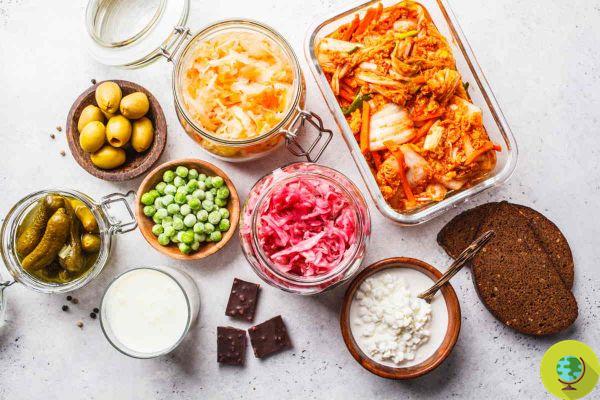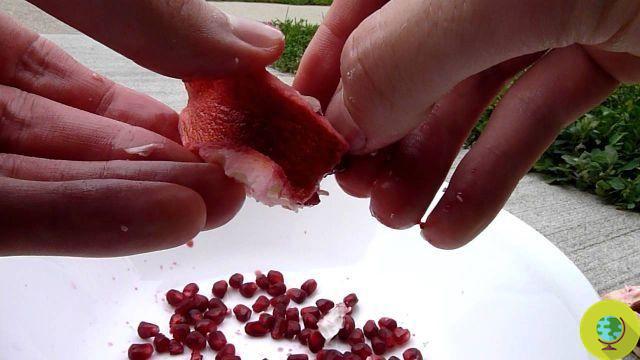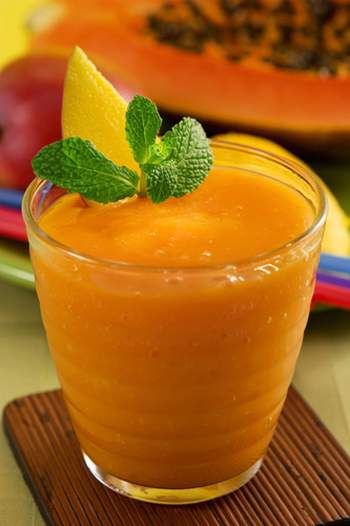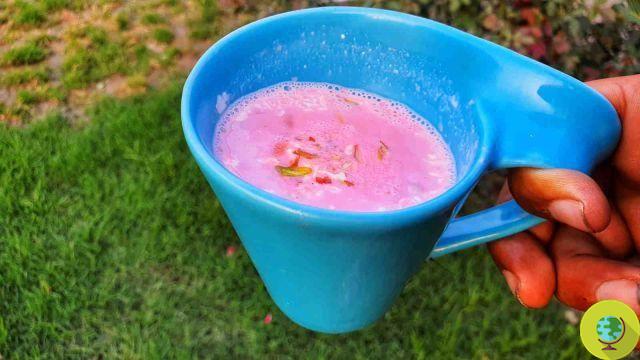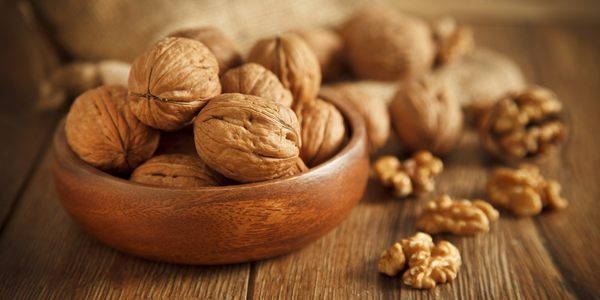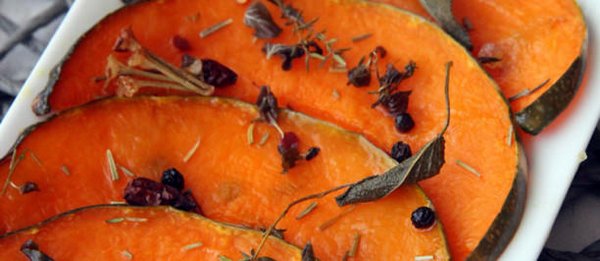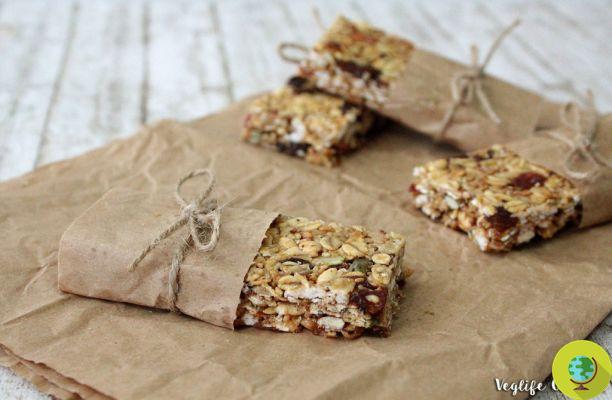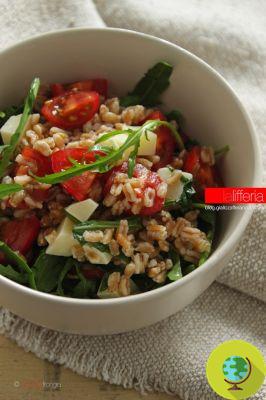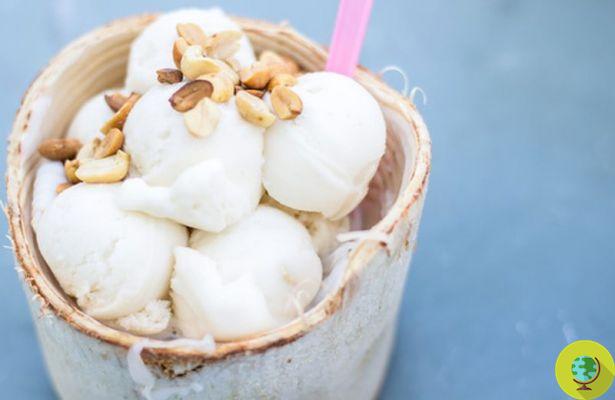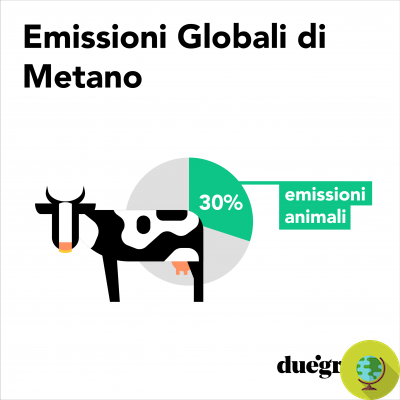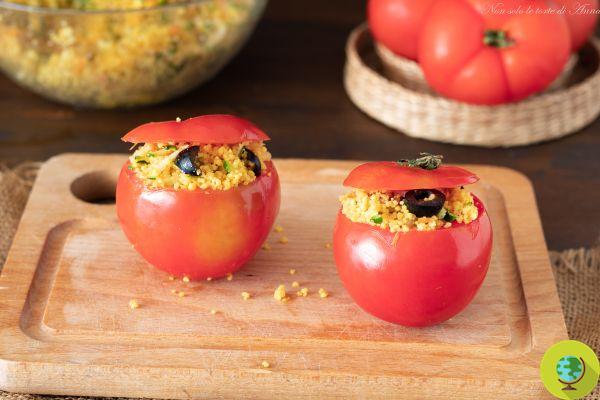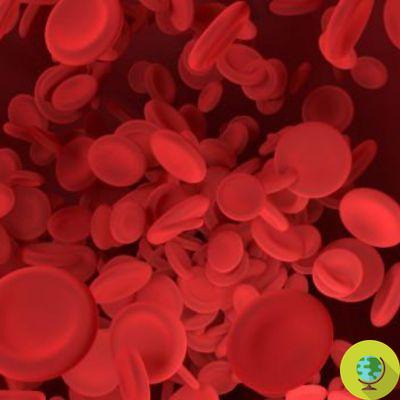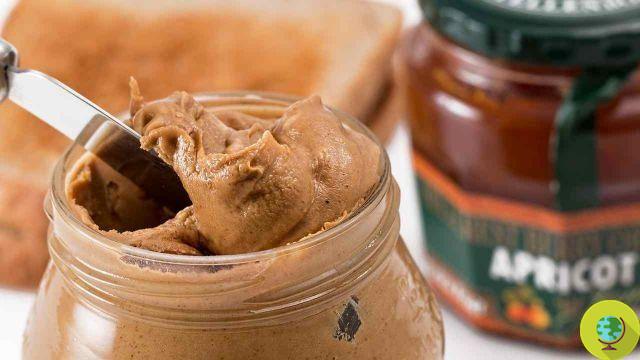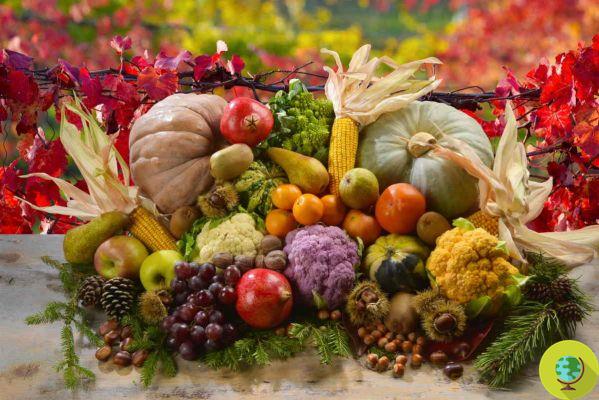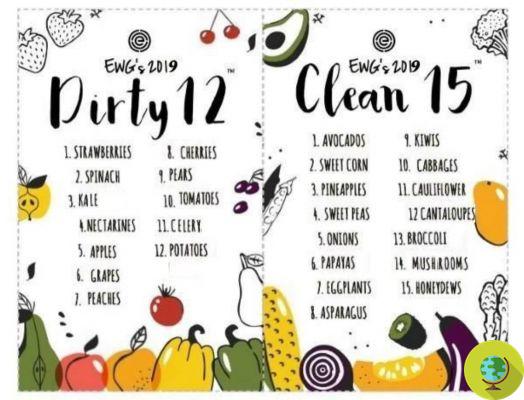Vitamin E, plant sources. Vitamin E, which plant foods contain it in the greatest quantity? Vitamin E is found mainly in dried and dried fruit, green leafy vegetables and aromatic herbs. Vitamin E is a powerful antioxidant that helps the cells of our body to protect themselves from the action of free radicals and premature aging.
Don't store avocado like this: it's dangerous
Vitamin E, Which plant foods do they contain it in greater quantities? Vitamin E is mainly present in the dried fruit and dried, in green leafy vegetables and in herbs. This vitamin is a powerful antioxidant which helps the cells of our body to protect themselves from the action of free radicals and premature aging.
Vitamin E helps keep the blood thin and improves circulation blood, reducing the risk of infarct and stroke. Nutrition is the first prevention against disease and the most important medicine. The recommended daily doses (RDA) for vitamin E are equal to 15 milligrams for adults. The RDAs for Vitamin E for Children vary according to age. So here is a selection of 10 of the best plant sources of vitamin E.
Index
Sunflower seeds
Among the seeds of health richer in vitamin E we find the sunflower seeds. 100 grams of sunflower seeds contain 36,6 milligrams of vitamin E. The best sunflower seeds are natural, so they are neither roasted nor salted. The seeds already roasted, due to the heat, in fact lose many of their nutritional properties.
READ also: Sunflower seeds: properties, uses and where to find them
almonds
If you love nuts and are looking for a natural source of vitamin E, choose almonds. They are perfect as a snack, natural, as well as in the form of vegetable milk. 100 grams of almonds contain 26,2 milligrams of vitamin E, about 175% of the recommended daily allowances for this vitamin. A single almond contains 0,3 milligrams of vitamin E.
Pine nuts
Pine nuts are really delicious, but quite expensive. Those lucky enough to be able to collect them in an unpolluted area should take advantage of it. They are one of the main ingredients for the preparation of pesto and are excellent in addition to salads and in the home preparation of cakes and biscuits. 100 grams of pine nuts contain 9,3 milligrams of vitamin E.
Basil
As for herbs, basil is among the richest in vitamin E. 100 grams of dried basil in fact, they contain 7,38 milligrams, approximately 50% of the recommended daily dose. Other aromatic herbs rich in vitamin E, to be used frequently to season your dishes, are sage, oregano, thyme, parsley and cumin.
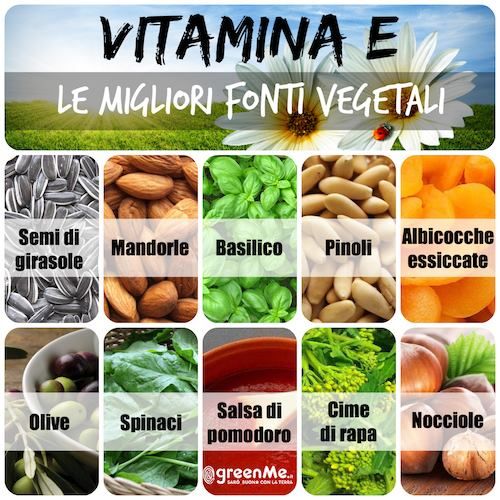
Dried apricots
Dried apricots are a really healthy snack. When buying them, be careful that they do not contain added sweeteners or preservatives. They are also a good source of fiber. A portion from 100 grams of dried apricots contains 5,6 milligrams of vitamin E, more than one third of the recommended daily allowance.
Olive
Olives are a truly versatile food. They can enrich the preparation of bread and focaccia and are one of the favorite condiments for pasta and rice salads. They are also excellent for the preparation of homemade sauces. 100 grams of green olives contain approx 3,81 milligrams of vitamin E. In only one olive we find it 1,1 milligrams.
Spinaci
Green leafy vegetables, such as spinach, are among the main sources of vitamin E that we can find directly in our garden. A simple outline consisting of 100 grams of cooked spinach can contain over 3 milligrams of vitamin E. Don't forget to add chopped spinach to soups and pumpkins, as well as to enjoy them raw in salads.
Tomato Sauce
Here is another gift from the vegetable garden rich in vitamin E. 60 grams of tomato sauce contain approx 2,8 milligrams of vitamin E, one third of the recommended daily allowance, plus 360 milligrams of potassium, 34 milligrams of lycopene and just 54 calories. There tomato sauce it is normally used in cooking as a condiment. This makes it a very common and always on hand source of vitamin E.
READ also: Homemade tomato sauce
Hazelnuts
In addition to almonds, among the dried fruit rich in vitamin E we find the hazelnuts. Hazelnuts contain 4,3 milligrams of vitamin E for each serving of about 30 grams. They can be added to cereals or fresh fruit salads to be consumed at breakfast, or for the home preparation of an excellent spreadable cream.
Turnip greens
Among the vegetable sources of vitamin E, let us not underestimate the turnip greens, famous above all as a condiment for fresh homemade pasta. 100 grams of turnip greens contain 2,86 milligrams of vitamin E (alpha-tocopherol), an amount which corresponds to approximately one third of the recommended daily intake of this vitamin.
Marta Albè
READ also:
Vitamin B12: what are the safe sources?
The 10 foods that are friends of the heart
The 10 best plant-based sources of protein
Magnesium: the 10 best plant sources
10 plant sources of calcium
Potassium: the 10 best plant sources






